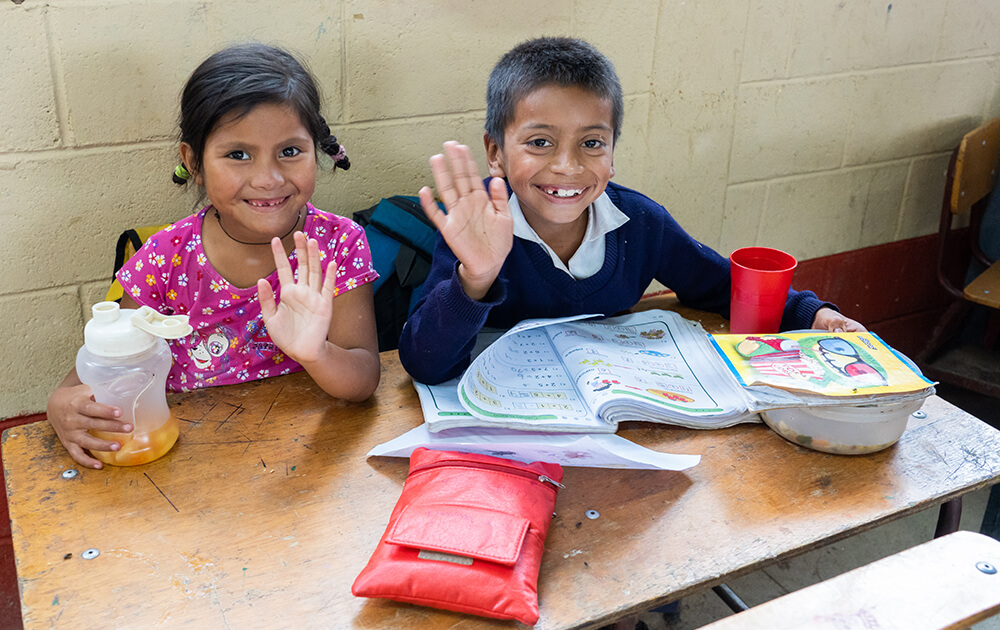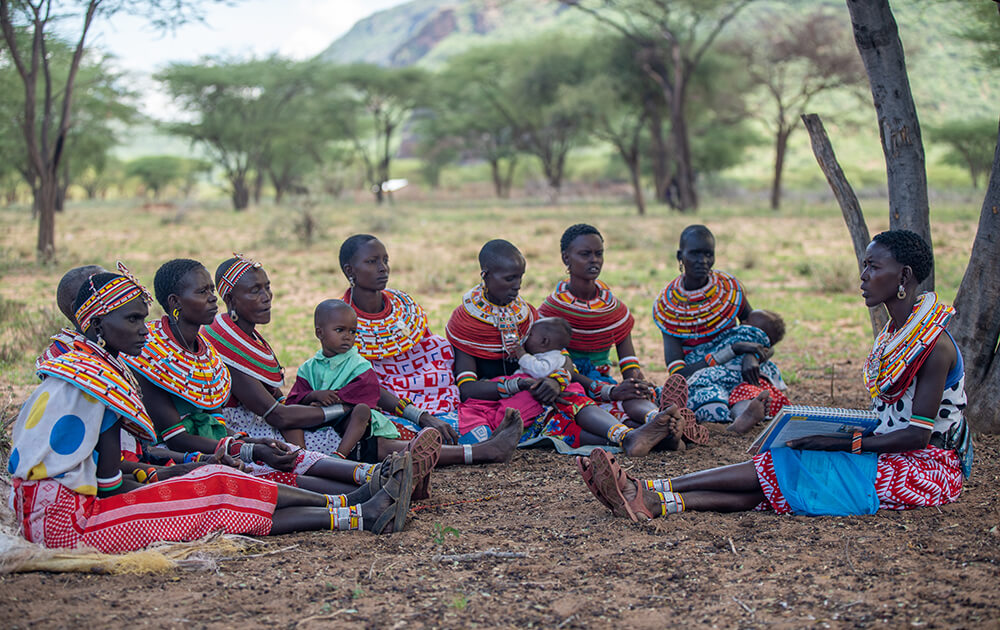Feed the Children and the Sustainable Development Goals
In 2015, the United Nations developed 17 Sustainable Development Goals (SDGs) as a “shared blueprint for peace and prosperity for people and the planet, now and into the future” to be achieve by 2030. The SDGs were preceded by the eight Millennium Development Goals (MDGs), which directed the world’s governments and development institutions toward equality in meeting the world’s needs. Global Volunteers is committed to the vision and volition of the SDGs, and the MDGs before them, and measure our outcomes accordingly. In this blog series, we share the work of companion organizations toward achieving the SDGs. Read on to learn how Feed the Children has fought childhood hunger in the U.S. and abroad since 1979.
Feed the Children’s mission is to “provide hope and resources to those without life’s essentials” in the U.S. and eight other countries. To help us understand how they use the SDGs to guide their vision to see no child go to bed hungry, Feed the Children’s Director of International Education & Livelihoods Pamela Wilson responded to our questions.

How often, and in what ways does your organization respond to the UN SDGs?
While our programmatic approaches differ based on the cultural context and need, our mission stays the same. Within Feed the Children’s global efforts, we implement a Child-Focused Community Develop (CFCD) program, which includes program activities in areas of food & nutrition, health & water, education, and livelihoods.
As we look at the UN SDGs, Feed the Children’s global efforts touch multiple of the wider goals and specifically Goal 1: No Poverty; Goal 2: Zero Hunger; Goal 3: Good Health and Well-being; Goal 4: Quality Education; Goal 6: Clean Water and Sanitation; Goal 8: Decent Work and Economic Growth; and Goal 17 Partnerships to achieve the Goal
We work with vulnerable and at-risk children, their caregivers, and communities to cultivate the social, economic, cultural, and environmental conditions need for families to thrive. In each of the nine countries where we work, and throughout the hundreds of communities we serve, our goal is to improve the food and nutrition security of mothers and specifically to reduce malnutrition. We believe malnutrition can be reduced when:
- Parents have the skills needed to raise well-nourished and thriving children.
- Communities are clean and children are healthy.
- Children have access to and receive a high-quality education to grow up to have good jobs and raise healthy children themselves.
- Parents gain the skills and resources they need to feed their families.

Over the years, how have the SDGs informed your organizational vision?
Feed the Children’s holistic CFCD programs begin with nutrition and education for mothers and caregivers through our Care Group approach. This is a peer-to-peer behavior change methodology that focuses on education and working with mothers and caregivers to promote healthy feeding practices for young children as well as healthy water, sanitation, and hygiene practices and share information about family planning and birth spacing, HIV prevention and stigma reduction, and the use of prenatal and postnatal care services. The Care Group model is then layered with ensuring adequate access to clean water and sanitation facilities while promoting good nutrition. We provide school meals to students that are fortified with all the essential vitamins and minerals children need to grow and develop, while simultaneously providing de-worming medication to make sure the nutrients are adequately absorbed.
We also work with volunteer mothers, teachers, and even students to provide trainings in gardening, small livestock care, financial literacy, and income generation. This helps families gain the skills and knowledge they need for true development and long-term sustainability.

How do you describe your SDG outcomes?
Within our international programs, we execute a rigorous monitoring and evaluation strategy designed to measure key performance indicators, realize and improve program implementation, analyze overall program impact, and report to donors and partners on reliable results achieved. As part of our annual reporting, we collect Knowledge, Practice, and Coverage surveys at the household level to measure information gained, the rate at which families ‘practice’ the skills taught, and the breath at which we cover a community with our messaging.
How do you collaborate with other NGOs, agencies and/or corporations to accomplish SDG outcomes?
We love working with other NGOs, government entities, corporate partners, and individual donors. We seek strong collaborative partnerships with organizations, public and private corporations, foundation, and individuals that share a passion for serving children. Feed the Children strategically engages local government and community leaders to discuss the true need of the community and to develop a collaborative plan of action. The activities introduced are therefore built on joint participation, and combine meeting immediate nutritional, health, and education needs of children while promoting longer-term sustainable change to children, their caregivers, and communities.

How important are the SDGs as a motivational or organizational tool for international cooperation on the global challenges we face, including poverty, inequality, climate change, environmental degradation, peace and justice?
Whether or not we’re going to achieve any of the SDGs by 2030 is a matter of joining efforts across the board. At Feed the Children, we believe it takes all of us – large and small corporations, volunteer organization, other humanitarian organizations, faith-based organizations, governments, and individuals to come together. Because when we work together, we’re stronger together, and can help more people.
Global Volunteers respects and supports Feed the Children’s work to to help eliminate malnutrition and promote adequate nutrition worldwide. We share their vision to help achieve well-being for all without compromising the potential of future generations to meet their needs. We invite opportunities for NGO partnerships in these areas. Read on to learn how Global Volunteers’ impacts address the United Nations SDGs and how our Reaching Children’s Potential Program is helping to end stunting in Tanzanian villages.




Leave a Reply
Want to join the discussion?Feel free to contribute!